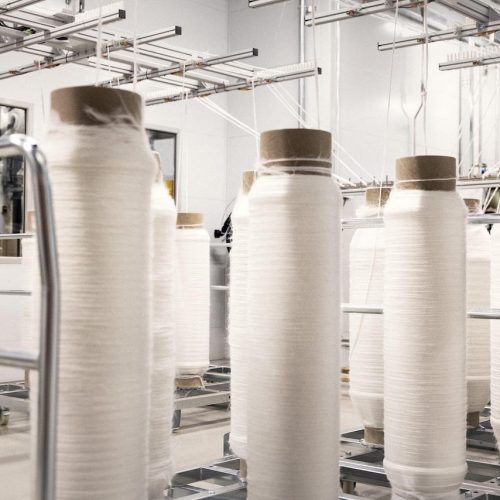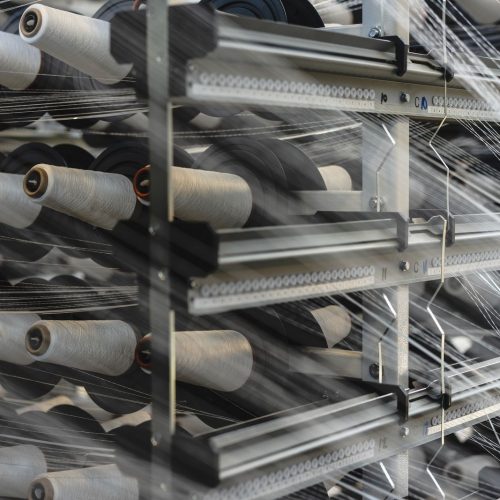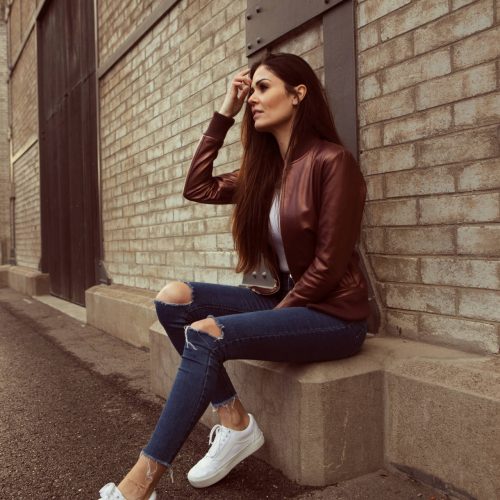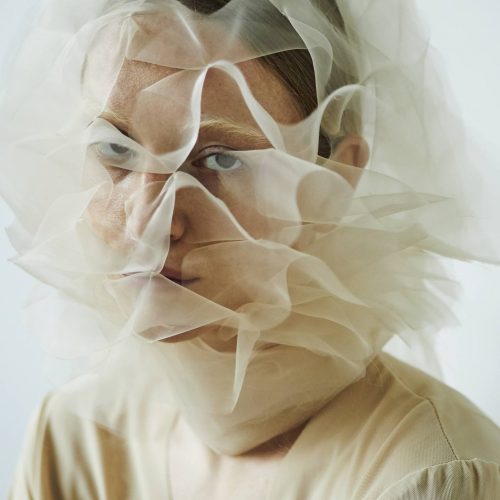Some Sustainable Designers Infiltrating London Fashion Week
London Fashion Week was the first of the four leading global Fashion Week’s to introduce the ‘Positive Fashion Exhibition’, a space showcasing the designers and brands recognising “Sustainability, Equality & Diversity, Craftsmanship & Community” (London Fashion Week, n.d.). These aren’t the big brands bribing us with false promises of transparent production lines; those exhibited were up-and-coming designers using their creativity to enforce positive change.
They are the people at the fore-front of the protests, implementing clothes swap schemes, recycling, upcycling, slow production and regenerating efforts to positively re-brand the fashion industry’s innate issues. Simone Cipriani, founder of Ethical Fashion Magazine, wrote “As long as the business model remains this way, real sustainability will always remain a mission impossible” (Fashion Revolution, 2020). There is a way to go, but with the aid of the following brands and designers, the business model is evolving.
Patrick McDowell
Fresh onto the fashion scene since graduating in 2018, McDowell swiftly caught the eyes of the industry’s elite. Reviving and recreating items locally using reclaimed, organic and ethical materials, McDowell’s pieces are a celebrated dualism of new and old. During LFW, McDowell partnered up with Swarovski and the Global Clothing Exchange, setting up a clothes swap and embellishment scheme. Attendees had the opportunity of swapping old items for new alongside gaining Swarovski off-cut embellishments (which otherwise would’ve been crushed into cement since not meeting the Swarovski’s clear standards) and learning about the resources being saved in the process.
About his exhibited LFW 2020 collection, McDowell’s colleague stated: “Instead of creating a collection from scratch, he organised it more like a curated ensemble of garments that have all been donated by people from the BFC. Then throughout this event, so for three days, people can come in and swap out some of the items for other ones, so the collection is constantly evolving. All the garments have a story, have a person attached to them, and it forwards this idea that all those pieces are still relevant today.”
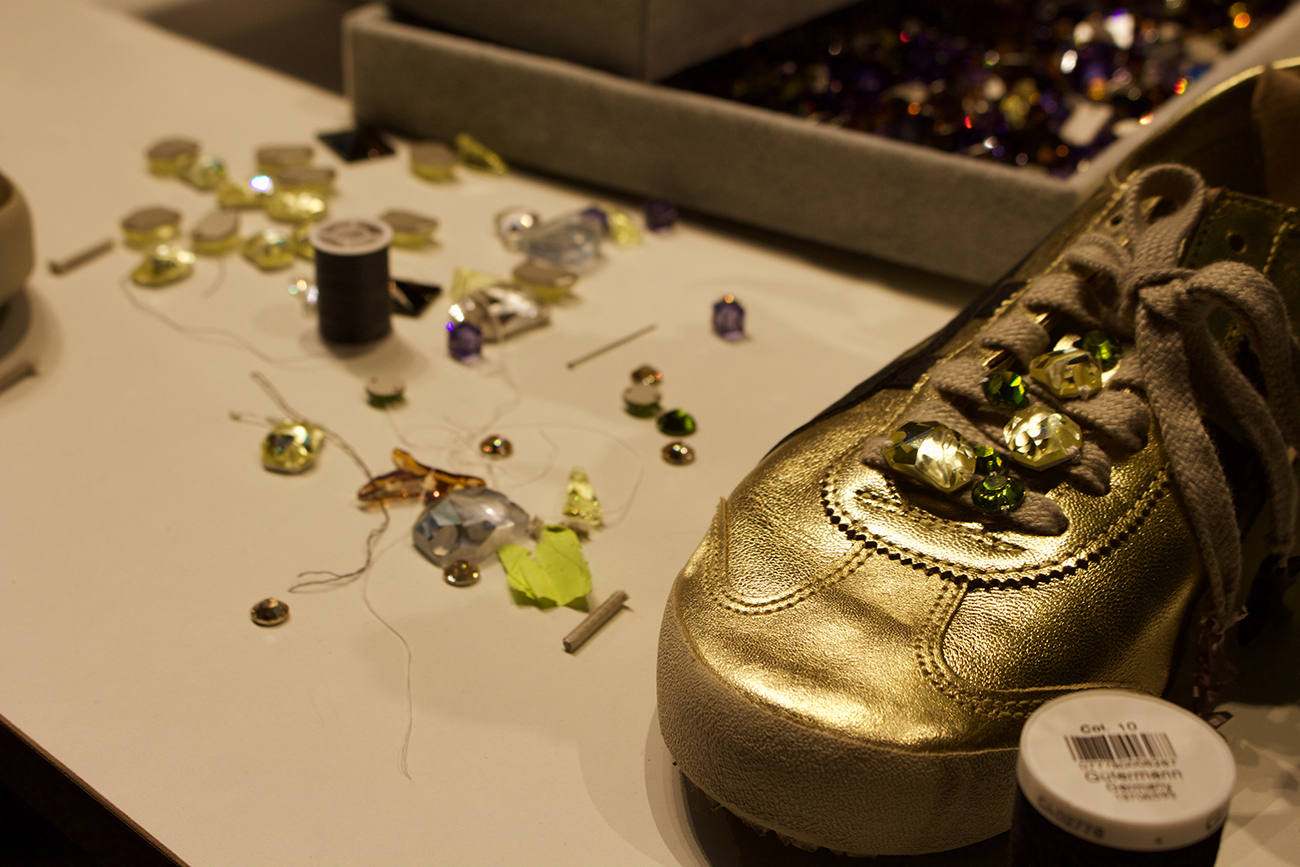
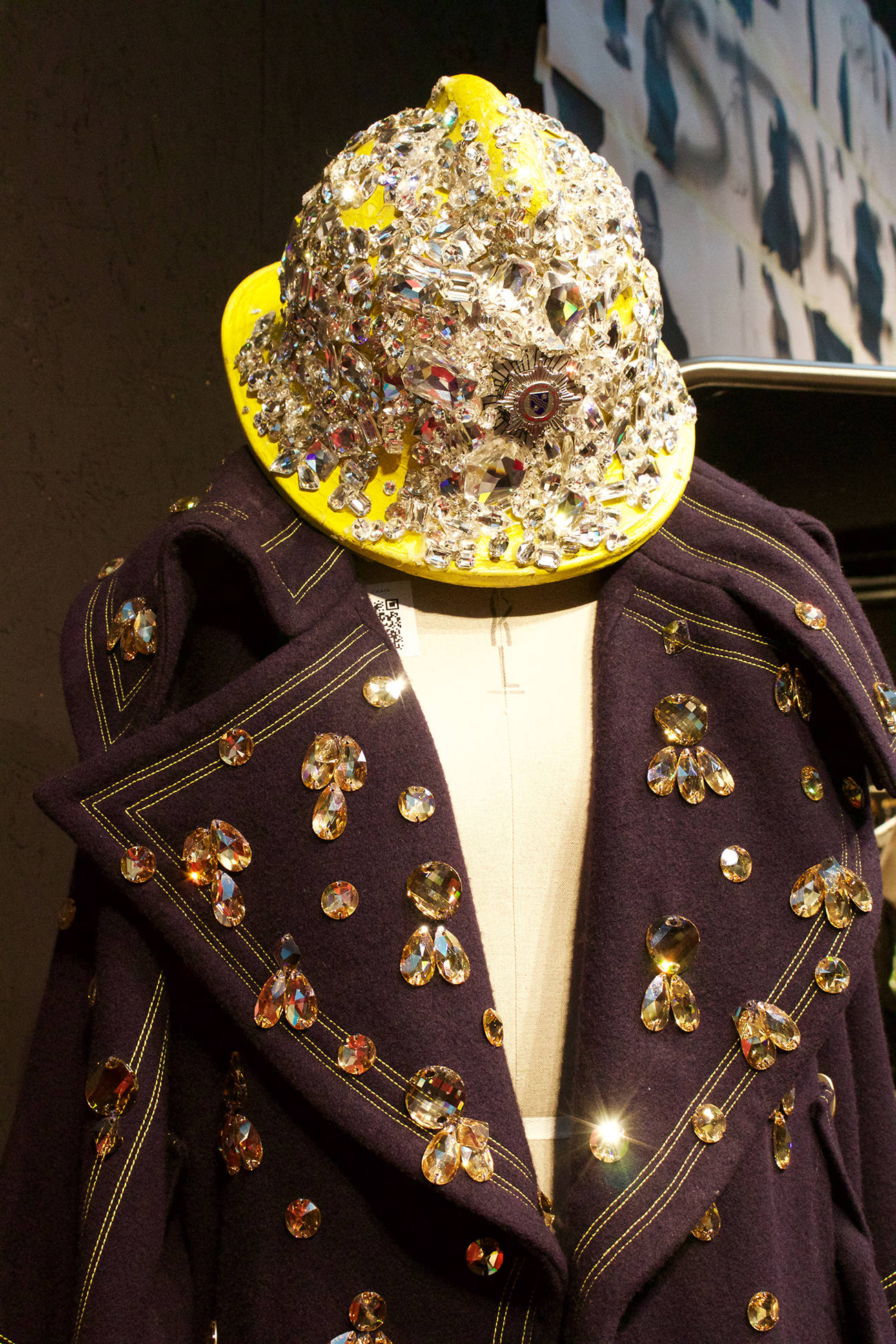
© Patrick McDowell
The Graduates
Fashion Week’s fresh meat made an impressionable entrance, proving that there is hope for a more sustainable future of fashion.
Sarah Thompson
Using her perspective of farm-living, Thompson offers a refreshing insight into the relevance of restoration. Having grown up in the remote countryside of the north Yorkshire moors, Thompson was surrounded by clothing focused on “practicality, durability and the ability to mend” (Thompson, n.d.). Her items are made using the same durable textiles, recycled and regenerated into artistic attire.
Leo John Caligan
Caligan’s designs incorporate influences from “his Filipino heritage combined with his upbringing as an Asian immigrant in UK” (Caligan, n.d.). Caligan uses recycled materials such as damaged upholstery leather alongside natural materials like piña (pineapple fibre) and albaca (banana fibre) – both of which are traditional handwoven materials used for costume-making in the Philippines.
Africa Hernandez Martinez
Blending pagan festivities and traditions of her Spanish origins together with the influence of other communities, Martinez’s designs celebrate the beauty of ‘Otherness’. Her focus on reverting to the basic, organic origins of textiles has enabled Martinez to experiment with a wide range of natural material alternatives such as Piñatex (made from pineapple fibres).
Elizabeth Whibley
Inspired by the 60s and 70s, Whibley’s designs comprise vivid colours and bold prints alongside animated, maximalist details influenced by the streets of Tokyo. Creating items in an eco-conscious, environmentally-friendly way is a core aim of her garment production, and Whibley demonstrates this through the use of recycled, reclaimed fabrics and natural forms of printing.
Maddy Thornalley
Thornalley uses recycled materials to create up-cycled, hand-stitched millinery pieces for her brand ‘Hurtence’. Sourced from the likes of Ebay, charity and second-hand stores, all the materials are varied and lead to entirely unique, one-of-a-kind pieces.
Matthew Needham
Believing that “the creativity adds the value” (Needham, 2019), Needham focuses on giving old items a new lease of life. His pieces are sourced from a concoction of street-finds and “dead-stock materials from the fashion industry” (Needham, 2019), resulting in multi-textured materials, intricate detailing and experimental shapes.
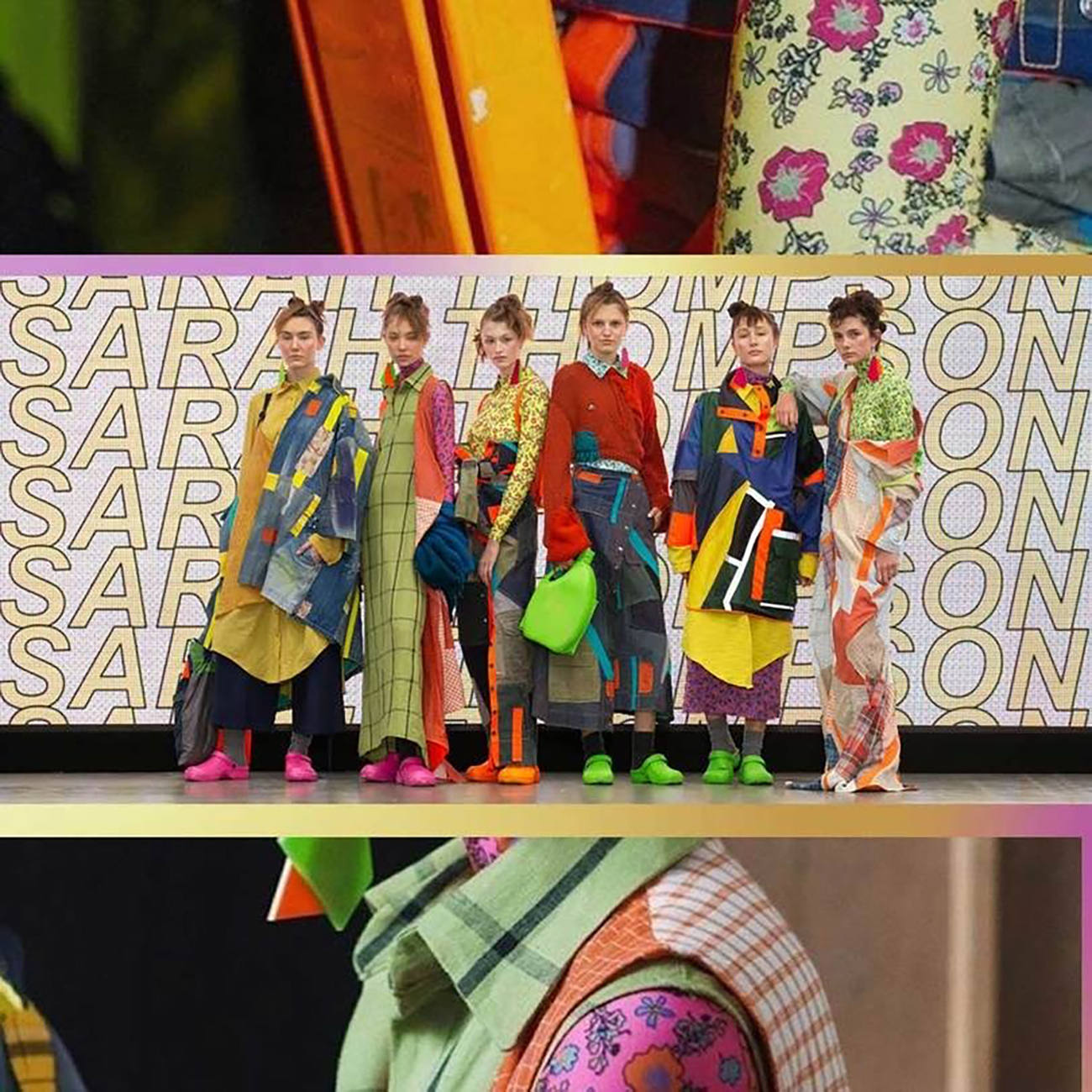
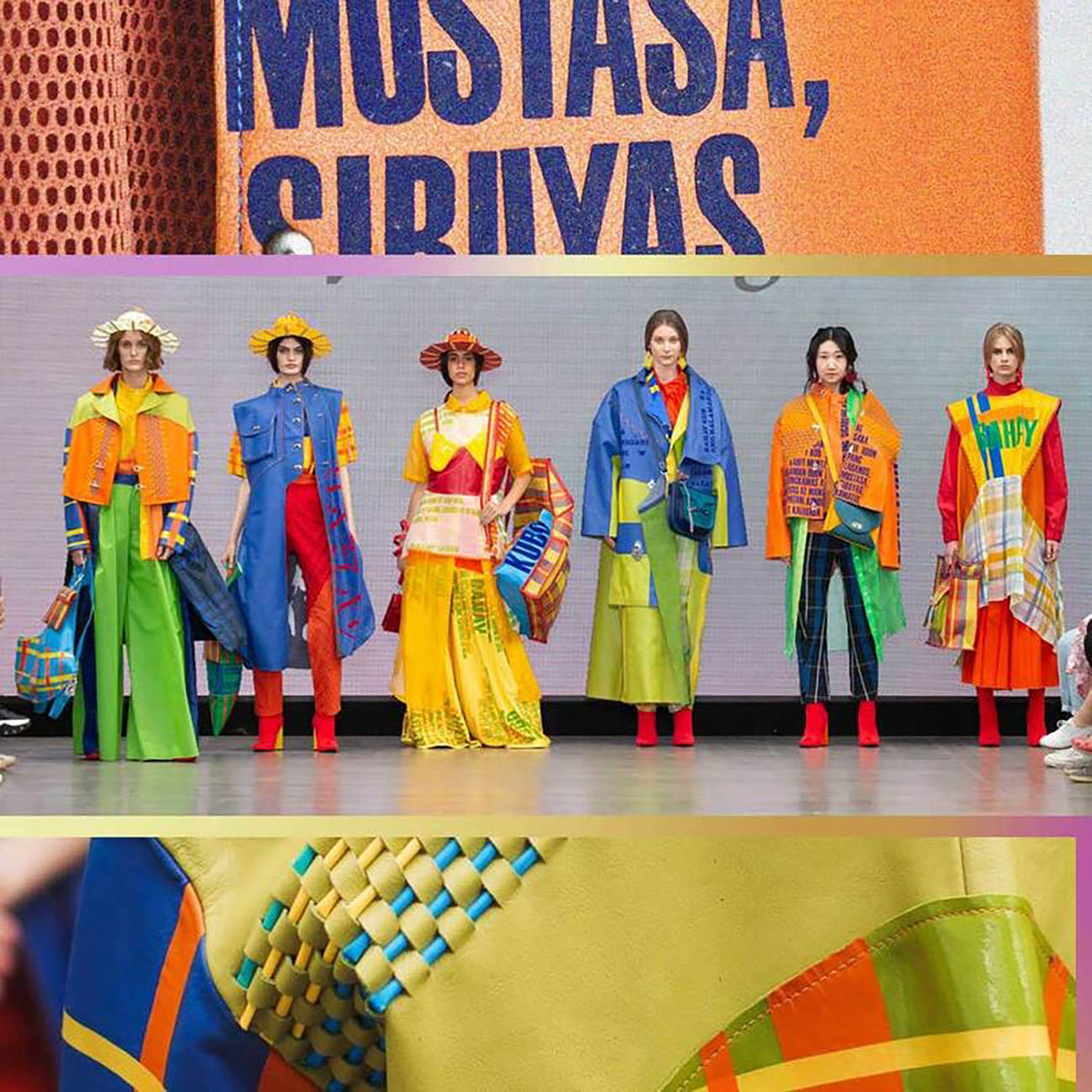

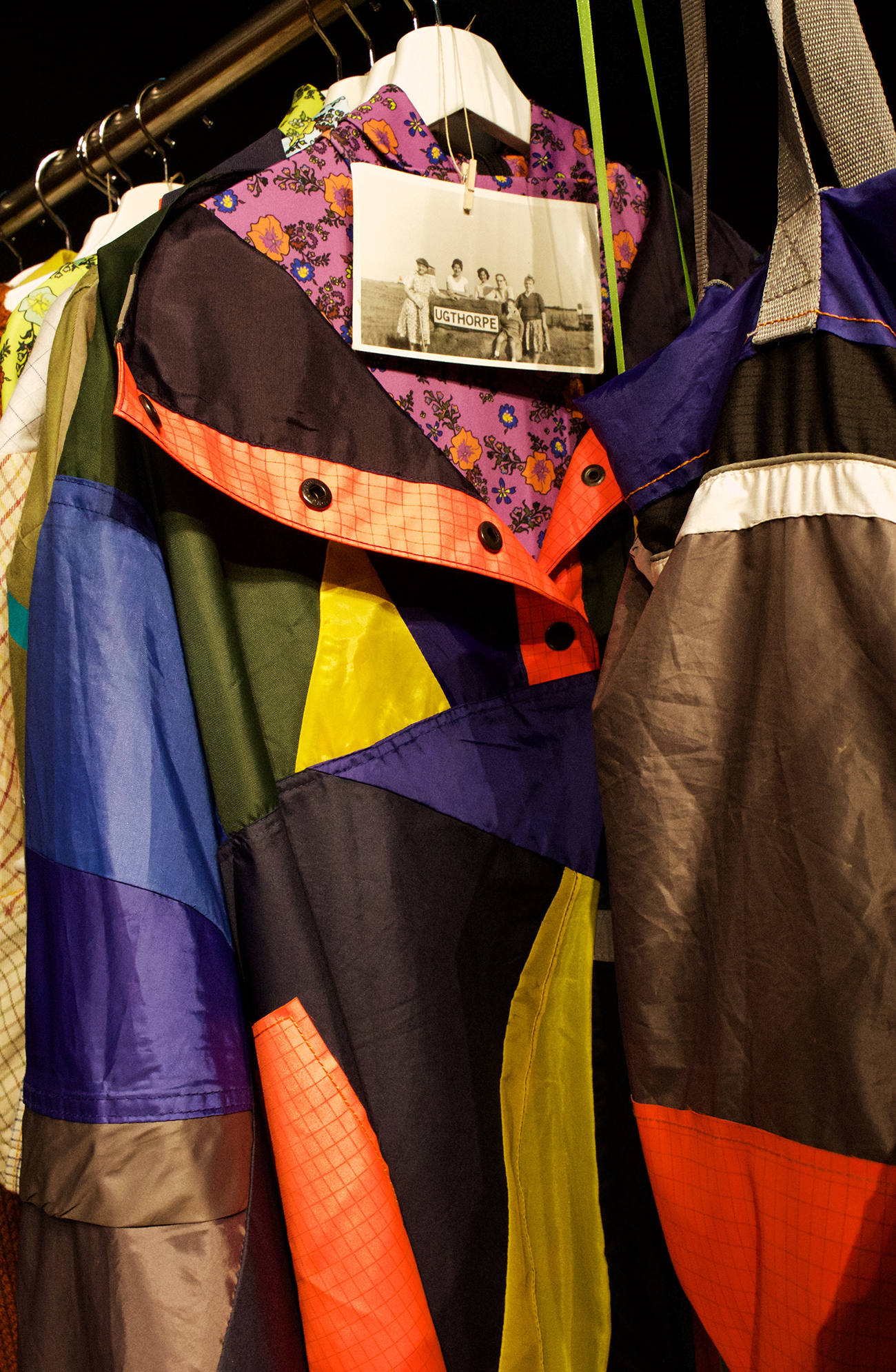
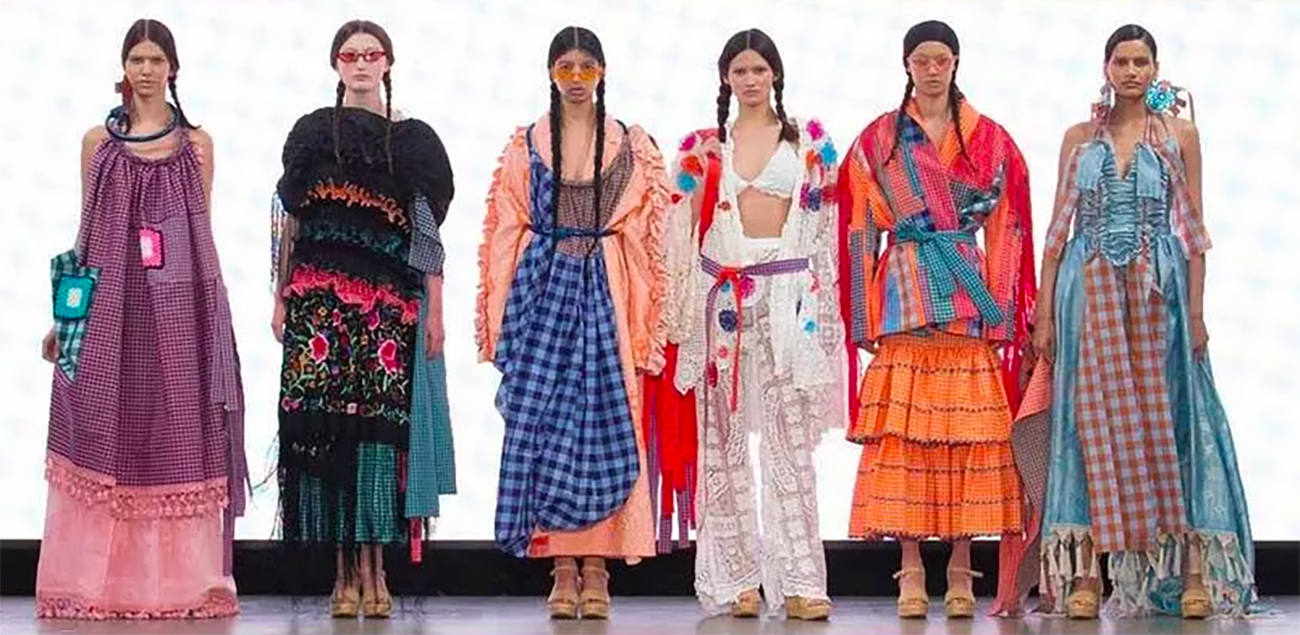
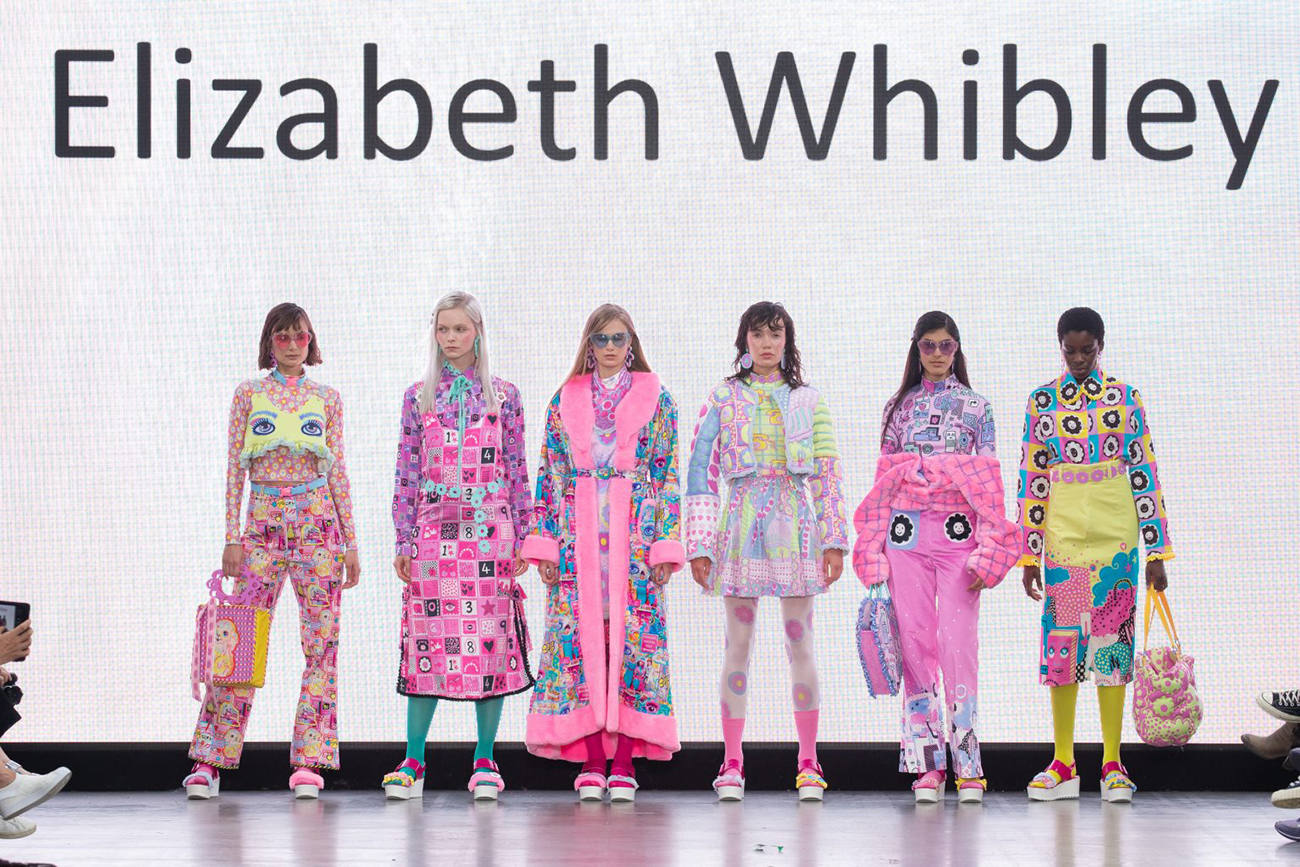
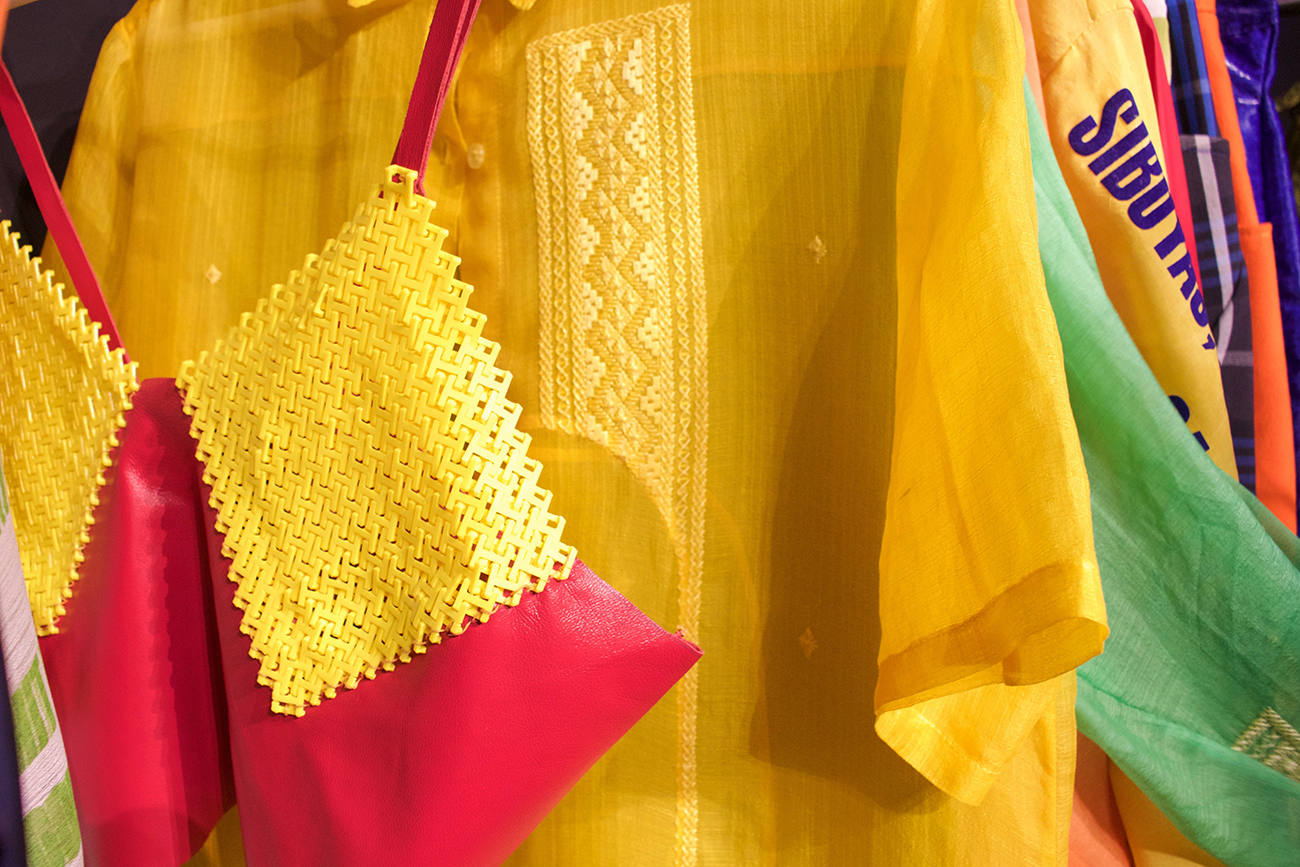
Makal
A result of the founder, Daniela Colaiacovo’s 15 years of experience building the world’s first ethical gold mine, Makal is a jewellery brand facilitating the sustainable and ethical mining industry. Having launched in 2019, their exhibited LFW collection was their first. All the materials used are responsibly sourced, either using fair-trade gold, certified diamonds from the Responsible Jewellery Council or certified emeralds, packaged in fully sustainable boxes made from Forest Restoration Alliance certified paper.
In words of founder Daniela Colaiacovo:“When we talk about ethical mines, it means that we firstly mine the gold without using any chemicals (i.e. cyanide or mercury) - we process the gold purely with water. The second thing is that we reuse and recycle all the tailing materials which are typical of a mining company. The third thing is that we help illegal miners become legal and then to form into independent co-operatives.”
“After so many years spent in mining, my desire was to create a brand that could have access directly to the consumer, to create a piece of jewellery that the customer was confident about wearing - an ethical piece of jewellery. The way I did it was to use natural gold nuggets that came from the mine, preserve the natural beauty and essence of the stone, and turn it into a unique piece of jewellery.”
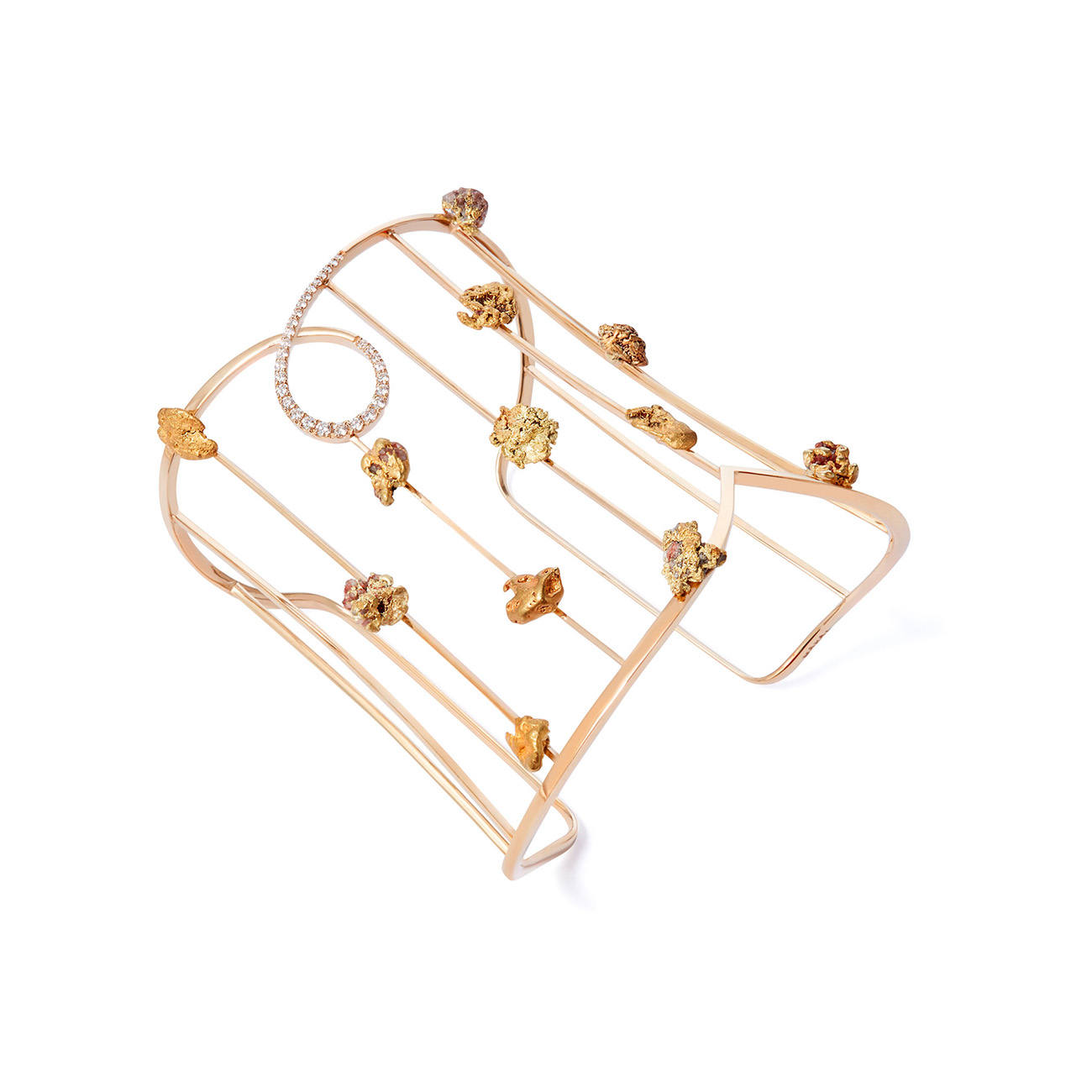
© Makal
Faldan
This ethical luxury bag brand was founded in 2019 by former UN Climate Negotiator Laura Hanning, who understood the necessity to personally affect action in altering the environmental impact of consumerism and unsustainable production. Hanning retrained at the London College of Fashion, using her environmental expertise as a catalyst to create an ethical product. Described as “the world’s first ethical foldable bag” (Faldan, n.d.), the Faldan bag transforms seamlessly from small clutch to tote bag - an ideal concept for those on-the-go, juggling multiple responsibilities, or simply in need of a versatile plastic bag replacement. The design is miles away from the buttoned-up reusable shopping bags that typically fall under the ‘foldable’ label: it is elegant, luxurious, timeless and above all, durable.
Laura Hanning, founder of Faldan, said: “Somehow for women, especially, there is that moment where you realise your consumption starts and finishes with a bag. I wanted to recreate the humble plastic bag, that was the original idea, except I wanted to elevate it. After a lot of research, I realised that a lot of people tend to keep things if they’ve paid quite a bit of money, if they value it, if they think that it has a purpose, and if they think it looks good for a long time. I wanted to create this one object.”
“I went to Japan to understand the origami shapes because the key for me was, just like we are during different times of day, feeing small and big, I wanted the bag to be able to be small and big at the same time, so multiple versions of us.” - Laura Hanning.
“The other challenge apart from the functionality, was to make sure that it’s all ethical. Do you go for synthetic material because you don’t want to use leather? Or do you use leather because you don’t believe in oil-based materials? Or do you go for cotton which is very water intensive to produce? So we decided to create two options for people depending on where they fall within their eco-consumption question. We’ve got a leather version which is a meat by-product, then we line it with ECONYL (a fabric manufactured from recycled plastic and waste). Then we’ve got the completely vegan version.”
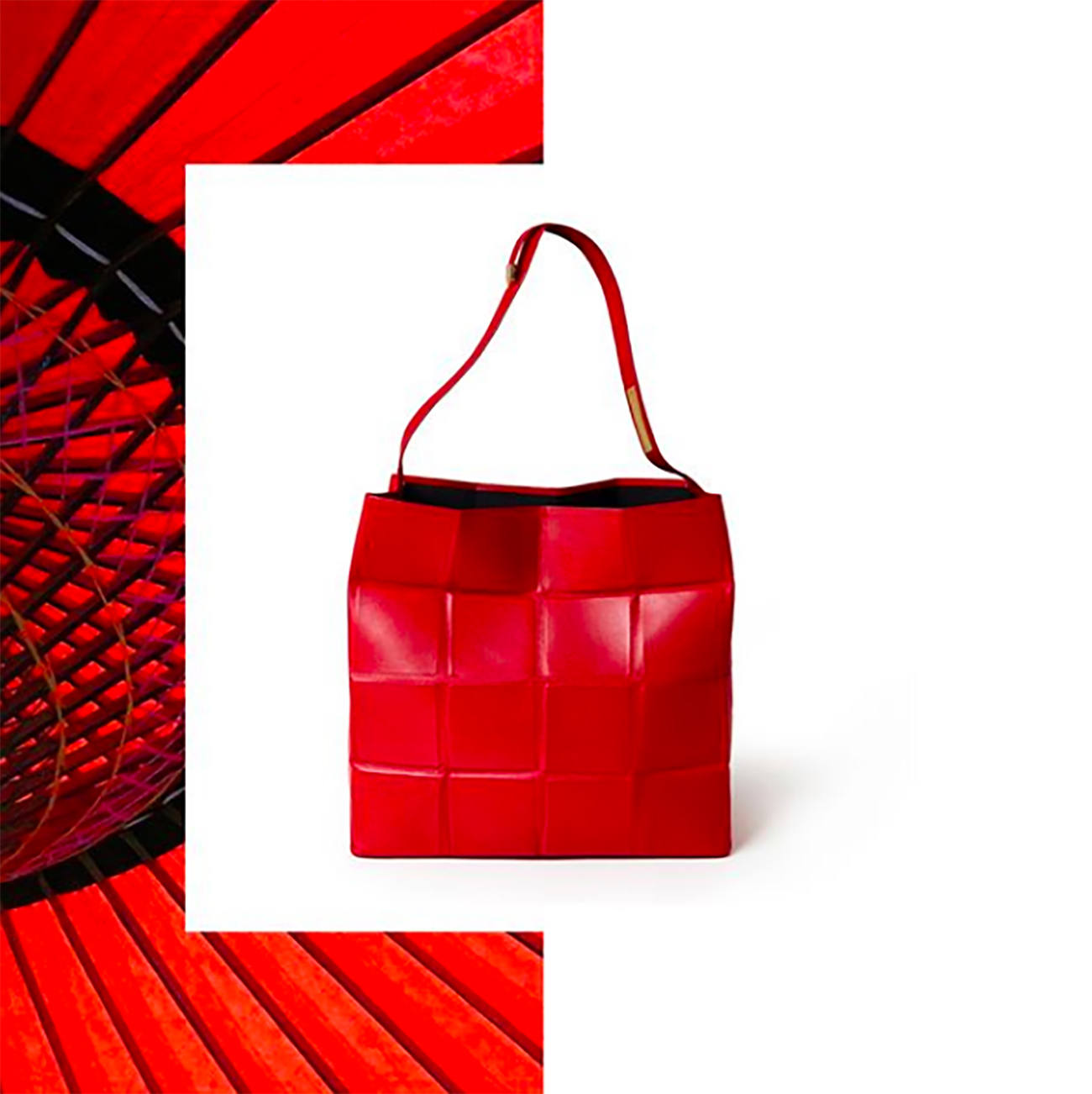

© Faldan 2019
TO BE FRANK
This brand hones in on the importance of transparency, their ethos being to “know what you’re wearing and where it comes from” (TO BE FRANK, n.d.). The name in itself highlights the need for honesty while acknowledging that a fashion brand cannot be consistently perfect. They strive for environmentally-aware garment production, using natural materials and dyes derived from by-products, waste and vegetable sources, yet admit that more can be done, better. Their designs equally link with their namesake, being a multi-functioning amalgamation of rebellious detailing and straight-forward silhouettes.
About TO BE FRANK, their LFW associate said: “We achieve some of our colours by using natural dyes such as onion leaves, teabags which are wasted and rubia, which is a plant that grows in landfill and creates a beautiful pink colour. We use vegetable-dyed and chrome-free sheep’s leather, which is a by-product of the food industry. Our aim is to be totally transparent for our consumer, so we’ve also created the Frank Code. This indicates whether the product has been recycled, used less water, low carbon, new technology. Whatever the garment has been made out of, whether it is organic cotton, recycled polyester or recycled cotton, we use the same thread, so if you remove the trims or the labels, it can always biodegrade if it ends up in landfill.”

Cressi Sowerbutts is a fashion communication student based in London and Norwich. Passionate about sustainability and fashion, she aims to fuse the two in highlighting that you can simultaneously celebrate both fashion and the environment.
Instagram: @cressiclaire

